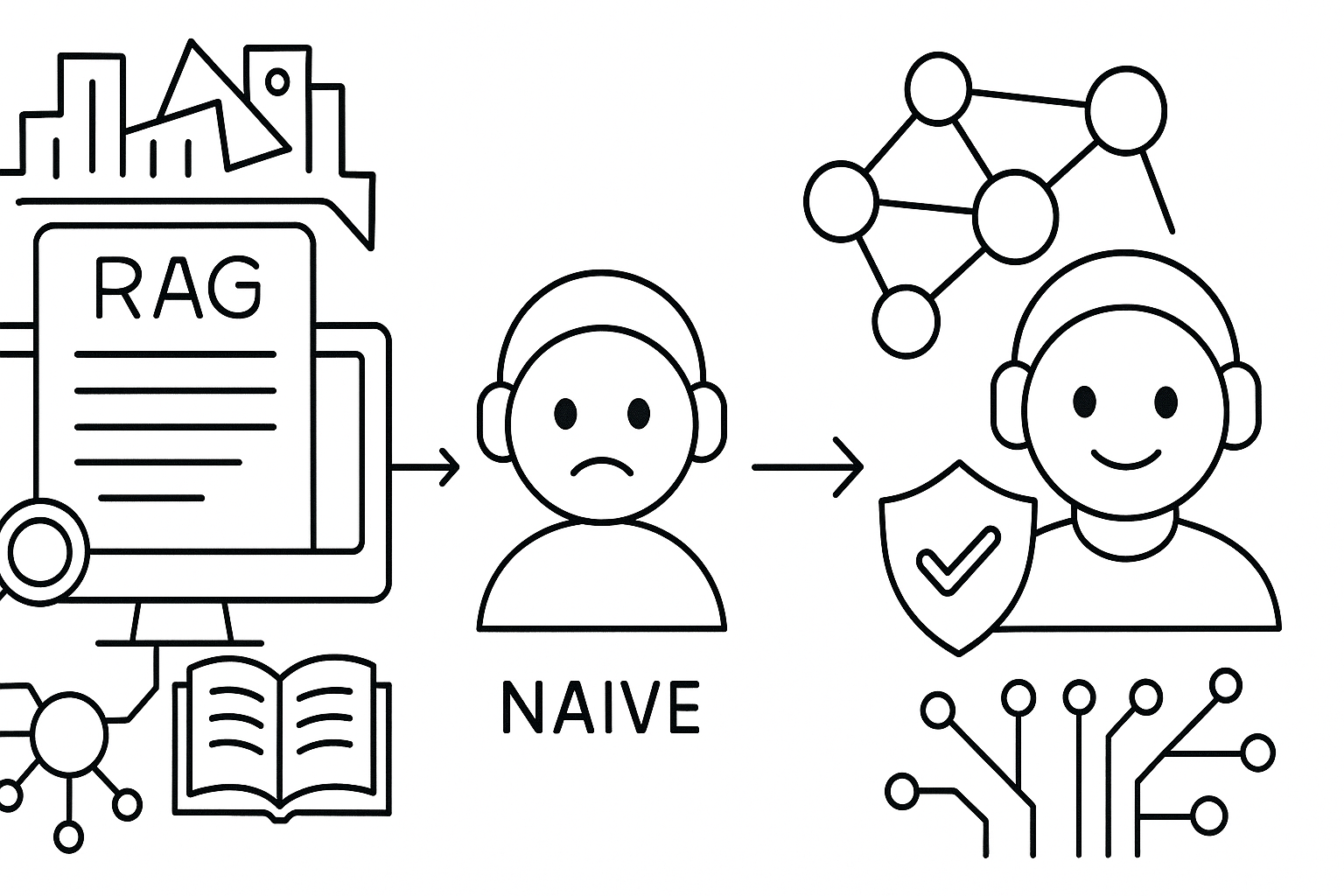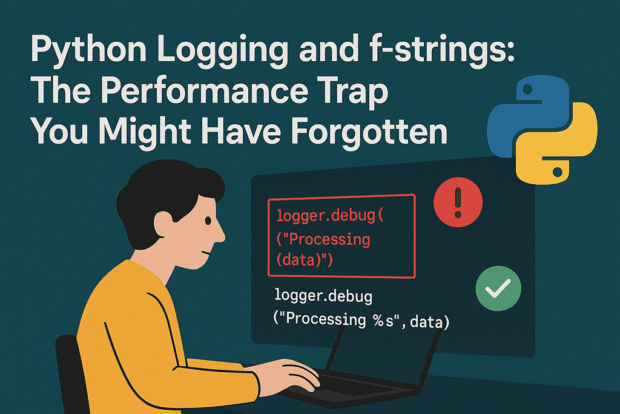Let me start with why we decided to use AWS Bedrock Knowledge Base in the first place. Our original plan was to upload documents directly to Bedrock and work with them as-is. But there was a hard limit we couldn’t ignore: Bedrock does not accept files larger than 5 MB.
Our client needed to upload documents up to 50 MB. Splitting or recompressing them would only create more complexity. The cleaner solution was to use the Knowledge Base as a place to store and index large documents, and then let Bedrock work with the resulting chunks.
Once we made that shift, the main challenge became speed and stability of indexing. That led us to rethink the entire ingestion flow.
(more…)



